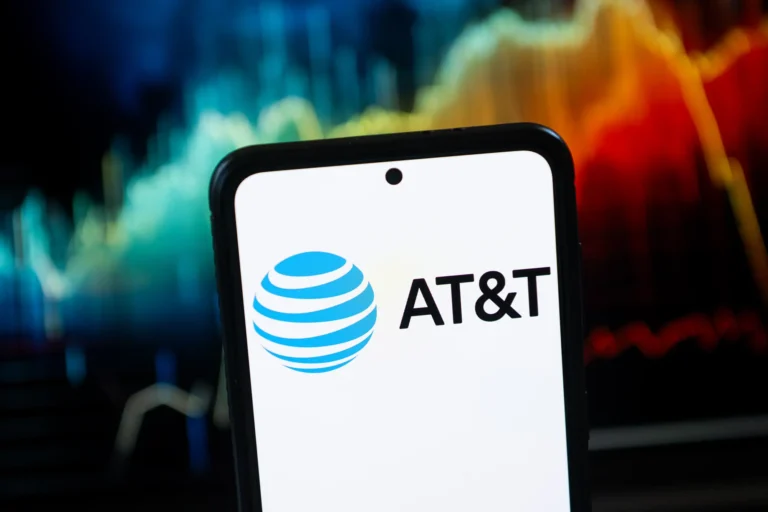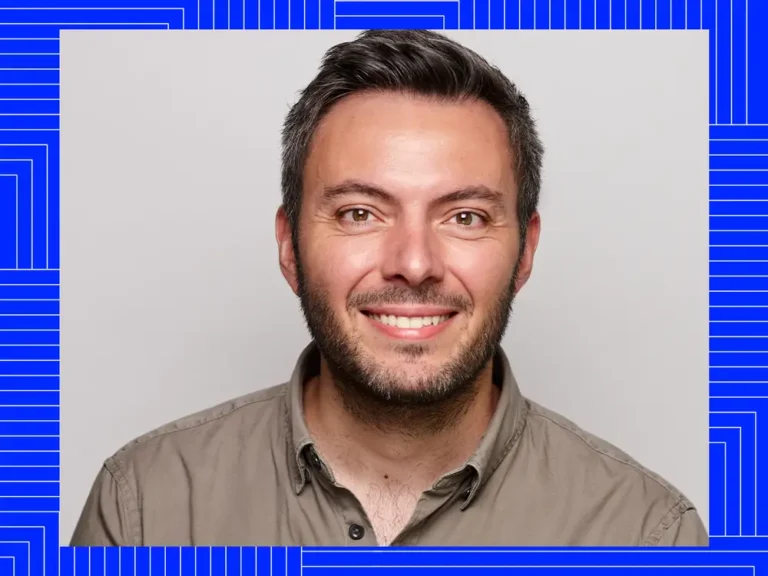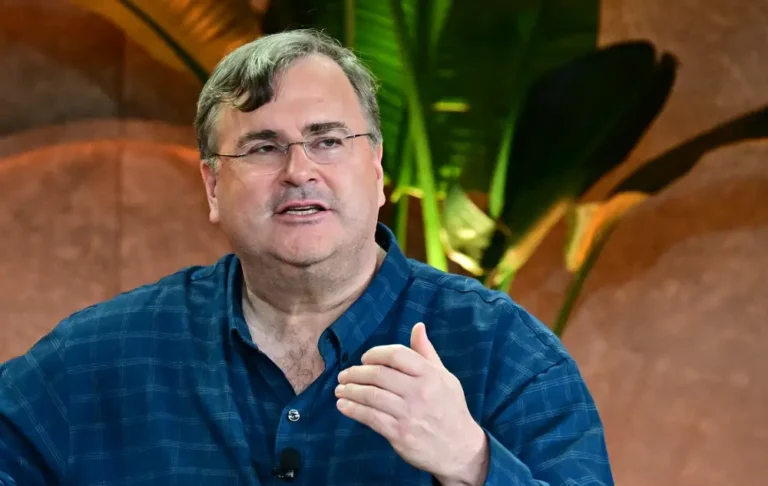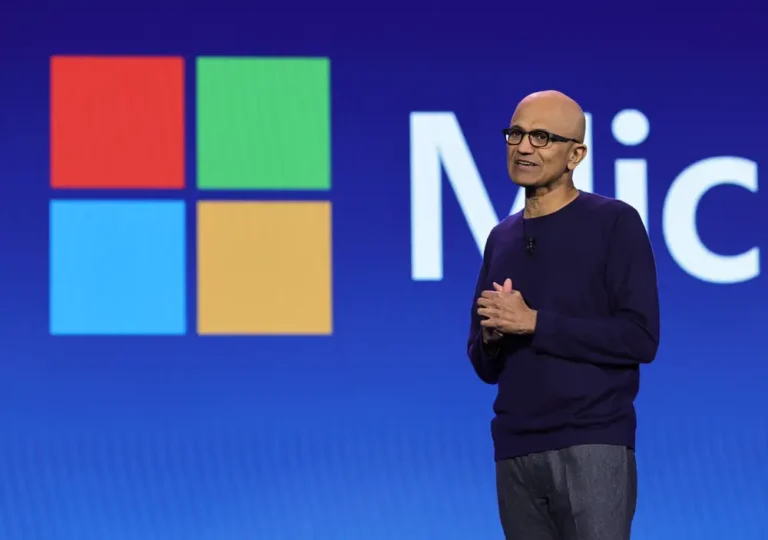Leaked org chart reveals the people with power in Google’s new Pixel and Android super-unit

Rick Osterloh, senior vice president of platforms and devices at Google.
When Google senior vice president Rick Osterloh stepped onto the stage last week to introduce the company’s latest lineup of Pixel phones and wearables, it marked the beginning of a new era for the search giant.
That’s because it was Google’s first major product launch event since unifying its hardware, Android, and Chrome teams under Osterloh in April. The reorganization, part of a broader leadership shakeup within Google, signaled that the company has become more serious about its Pixel lineup and taking on Apple’s iPhone.
Osterloh now oversees close to 25,000 full-time employees, with 11 direct reports overseeing phones, tablets, Android, augmented reality, and Chrome, per an internal org chart reviewed by B-17 that lays out the new power structure.
The reorganization also gave more power to a handful of rising stars under Osterloh, including Sameer Samat, who now oversees the entire Android Ecosystem, a group of almost 12,500 staff. That’s not just phones but Android TV, Android Auto, and its upcoming augmented reality platform, too.
Samat recently told B-17 that AI presents a killer opportunity for Android that he plans to seize.
“We are going to be very fast-moving to not miss this opportunity,” he said. “It’s a once-in-a-generation moment to reinvent what phones can do. We are going to seize that moment.”

Sameer Samat, president of Android ecosystem, speaks onstage at a Google event.
Chrome will still be run by Parisa Tabriz, a vice president who now reports directly to Osterloh, per the internal data.
Shakil Barkat, a VP who has had less public attention, has also been accruing more responsibility as VP of devices and services, overseeing the second-largest group of employees after Samat.
Google has said it unified its teams because of the AI boom.
“AI gives us an incredible opportunity to reimagine computing platforms for the next decade,” said Google CEO Sundar Pichai when he announced the reorganization, adding that “we need to do it at the intersection of hardware, software, and AI.”
For years, Google and Apple have tried to one-up each other’s smartphones on hardware specs such as camera quality and display refresh rates. Now, the two companies have signaled the coming fight will center on AI.
Where Apple plans to focus on its device features, Google leans into its cloud advantage and its head start with its Gemini AI language models to make both its Pixel phones and the broader Android ecosystem more compelling to customers.
Google’s AI offensive will require a unified strategy. It will also need to respect the long-held boundaries between its Pixel work and its relationships with its Android partners so as to not play favorites with its own products.
No easy job for Osterloh. Here’s his new team, ordered by the number of employees they oversee. A Google spokesperson declined to comment on this story.
- Sameer Samat – President, Android Ecosystem
- Shakil Barkat – VP, devices and services product group
- Rishi Chandra – General Manager and VP of Health and Home
- Parisa Tabriz – VP, Chrome Browser
- Shimrit Ben-Yair – VP, Photos and Google One
- Ornella Indonie – Chief Commercial Officer
- Anthony Chavez – VP, Product Management
- Linus Upson – VP, Engineering
- Matt Vokoun – VP, P&D Strategy and Business Operations
- Jay Yagnik – VP Research
- Julie Lin – Program Manager
- Aparna Pappu – GM and VP, Google Workspace (dotted-line report)






